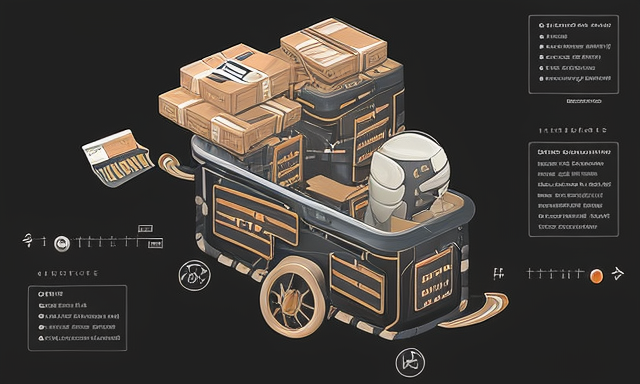Acing the Test: Aligning Test Automation Strategy with Business Goals
 Souvik Dey
Souvik Dey
Introduction
As a Senior SDET with overall nine years of experience, I've had the opportunity to design and implement test automation strategies across a diverse range of projects. Through trial and error, I've learned the importance of aligning test automation strategies with business goals to ensure the long-term success of a project. In this blog post, I'll share my insights, best practices, and case studies to help you craft a winning test automation strategy that supports your organization's objectives.
Understand the Business Goals
Because a Test Automation Strategy is something that is to be followed across teams and for multiple projects, it needs to be coherent. This also should align with the organization's values and principles. The first step in creating a test automation strategy is to gain a thorough understanding of your organization's business goals. Are you looking to increase revenue, improve customer satisfaction, or reduce time to market? By understanding these objectives, you can tailor your test automation strategy to support and achieve them directly.
Set Clear Test Automation Objectives
With a firm understanding of your organization's business goals, set clear objectives for your test automation strategy. These objectives should be specific, measurable, achievable, relevant, and time-bound (SMART). For example, you might aim to reduce manual testing efforts by 50% within six months, accelerating release cycles and reducing time to market.
Identify Key Application Areas
To ensure your test automation strategy aligns with business goals, focus on application areas that are critical to achieving those goals. Consider factors such as application complexity, frequency of changes, and the potential impact of defects on end-users. Prioritize automating test cases for high-impact, high-risk application areas that directly contribute to achieving your business objectives.
Case Study: In a project for an organization, we are tasked with automating testing for an e-commerce platform. Our primary business goal is to increase revenue by improving the user experience. We identified the shopping cart and checkout processes as critical areas, as defects in these areas could lead to lost sales. By prioritizing automation for these processes, we significantly improved the user experience and increased revenue.

Choose the Right Tools and Technologies
Selecting the appropriate tools and technologies for your test automation strategy is essential to its success. Consider factors such as compatibility with your existing tech stack, ease of use, scalability, and cost. Involve key stakeholders in the decision-making process to ensure buy-in and support.
For a detailed discussion on this topic, refer to my post here :
Implement Test Automation Best Practices
Maintain a modular and maintainable test suite by using the Page Object Model (POM) and other design patterns.
Implement a robust test data management strategy to ensure accurate and reliable test results.
Leverage Continuous Integration (CI) and Continuous Deployment (CD) to increase testing efficiency and reduce manual intervention.
Prioritize automating test cases that are repetitive, time-consuming, or prone to human error.
Regularly review and update your test automation strategy to ensure it remains aligned with changing business goals.
Measure and Monitor Test Automation Success
To ensure your test automation strategy is successfully aligned with your business goals, establish key performance indicators (KPIs) that measure the impact of your automation efforts. Monitor these KPIs regularly and adjust your strategy as needed. For example, you might track metrics such as test coverage, defect detection rate, and test execution time.
You can take a look at one such use case here :
Foster a Collaborative Culture
An effective test automation strategy requires collaboration between testers, developers, and other stakeholders. Encourage open communication, knowledge sharing, and joint ownership of the automation process. This collaborative approach helps ensure that your test automation strategy remains aligned with business goals and drives long-term success.
Conclusion
Creating a test automation strategy that aligns with business goals is crucial to the success of any project. By understanding the business goals, setting clear objectives, identifying key application areas, and choosing the right tools and technologies, you can create a robust and effective test automation strategy. By implementing best practices, measuring success, and fostering a collaborative culture, you can ensure that your test automation efforts directly support and contribute to achieving your organization's objectives.
Remember, a successful test automation strategy is not static; it must be regularly reviewed and updated to adapt to changing business goals and technological advancements. By staying proactive and continuously refining your strategy, you can position your organization for long-term success in an increasingly competitive market.
With these insights, case studies, and best practices, you are now equipped to craft a winning test automation strategy that supports your organization's business goals.
Happy testing!
Subscribe to my newsletter
Read articles from Souvik Dey directly inside your inbox. Subscribe to the newsletter, and don't miss out.
Written by

Souvik Dey
Souvik Dey
I design and develop programmatic solutions for Problem-Solving.